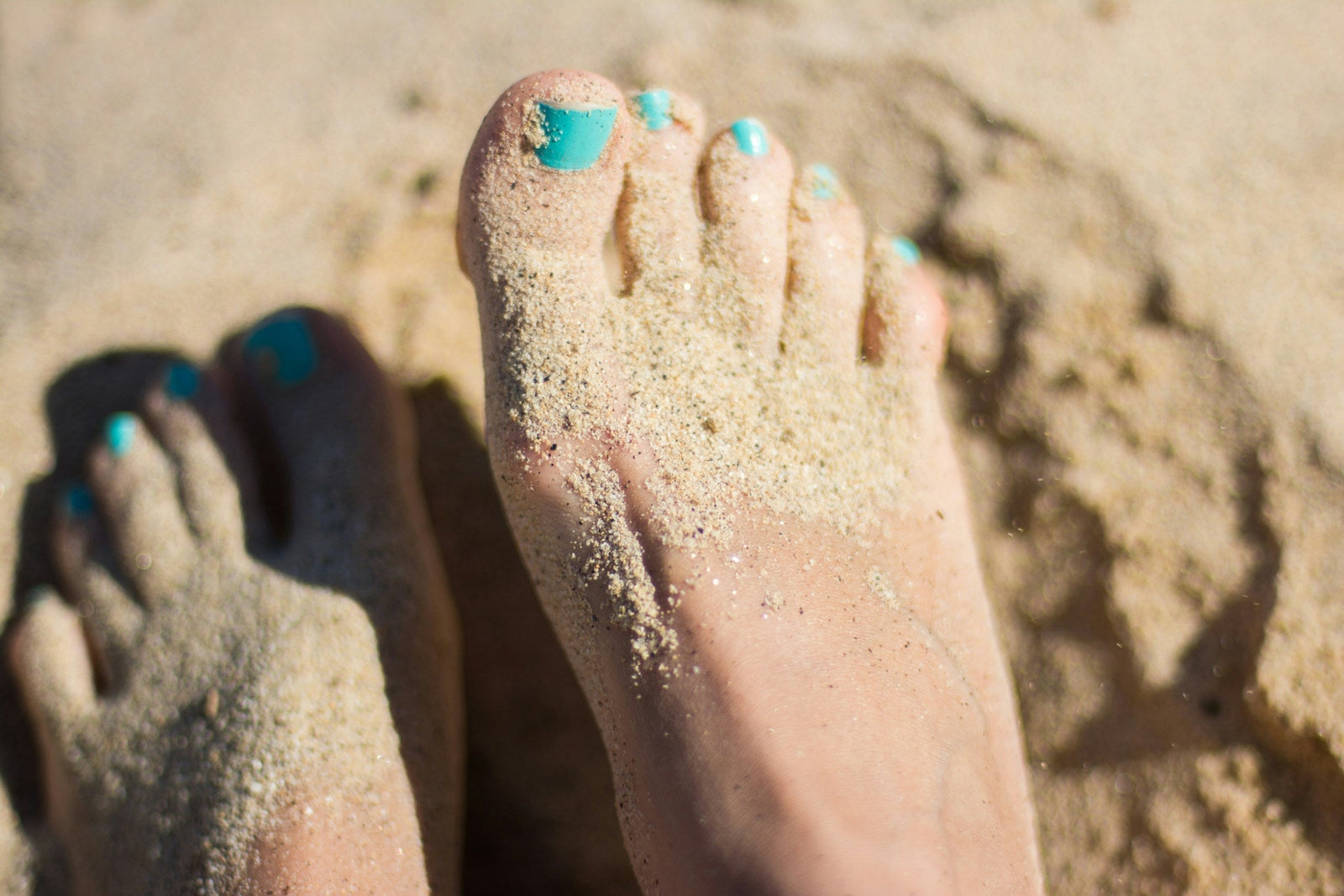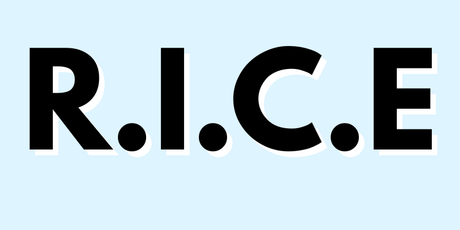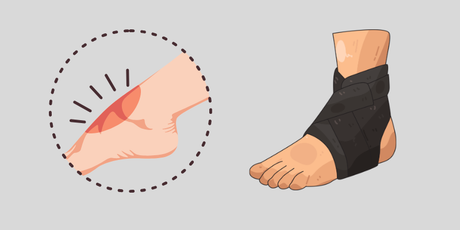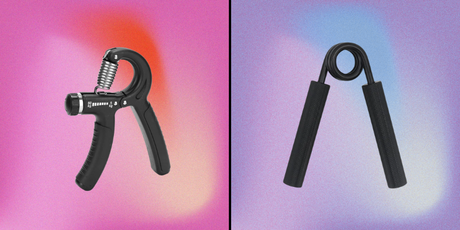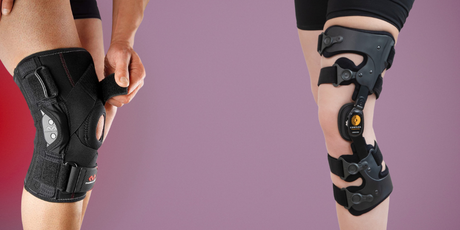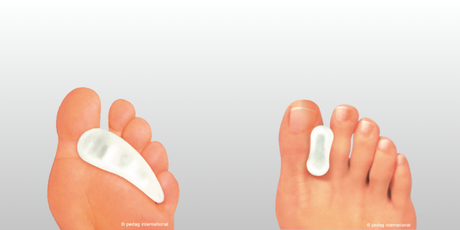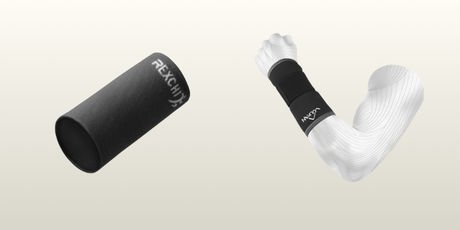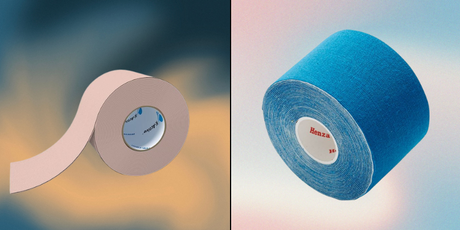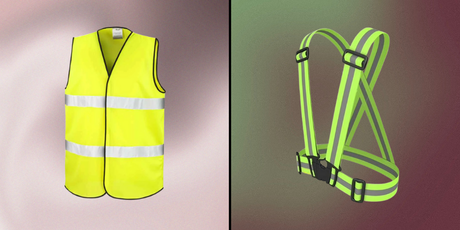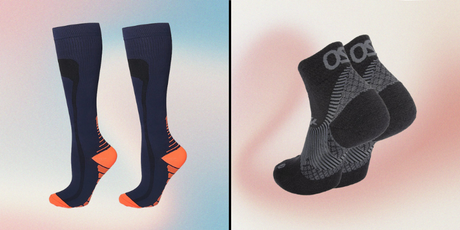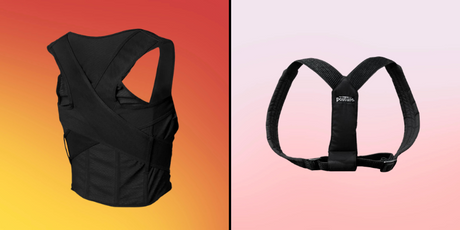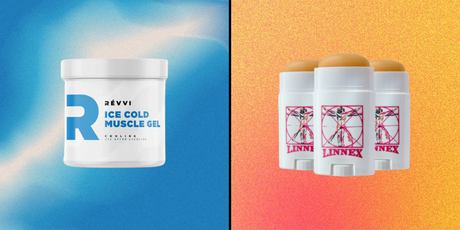Tailor's knot, also known as bunionette, is a painful lump that occurs on the outside of the base of the little toe. This condition is usually caused by misalignment of the foot and leads to a bulge at the base of the little toe, which can cause pain and discomfort, especially when under pressure from tight shoes or hard surfaces. If you suffer from tailor's knot, there are several things you can do to relieve pain and prevent further discomfort.
Symptoms of Tailor's Knot
Common symptoms of tailor 's knot include:
- A painful lump or bulge on the little toe side.
-
Pain at the joint, especially when wearing tight shoes or putting strain on the foot.
-
Scrapes and sores on the outside of the foot or bunion.
- Inflammation of the bursa, which can cause further swelling and tenderness.
- In some cases, the misalignment caused by tailor's knot can lead to the little toe being angled inwards.
What causes Tailor's Knot?
Lacerations are usually caused by misalignment of the foot, which leads to the little toe starting to angle towards the other toes. This creates pressure and irritation on the outside of the foot, which can lead to the development of a painful bunion. Factors that can contribute to the development of tailor's knot include:
-
High stresses on the foot, such as prolonged standing or walking.
-
Tight or uncomfortable shoes, especially those that press on the toes or have a too narrow toe box.
-
Inheritance: Tailor's Foot may be genetic, with an inherited foot structure increasing the risk of developing this condition.
Treatment of Tailor's Knot
To relieve the pain and discomfort of a tailor's knot, there are several effective treatment methods, which can help relieve pressure on the affected area and reduce symptoms.
1. The right shoes
Choosing the right shoes is crucial to relieve tailor's knot pain. Foot-centred shoes with a wide toe box can reduce pressure on the little toe and provide enough room to prevent chafing. Shoes with a rolled sole can also help reduce pressure on the affected foot and improve walking style.
2. Shoe inserts and gel protectors
Using shoe inserts or gel pads can provide relief to the little toe and relieve pain from chafing and calluses. Gel pads for the toes can also help reduce pressure on the bunion, providing pain relief and preventing further irritation.
3. Relieving aids
To relieve pressure on the little toe, bunion inserts and toe separators can help relieve pressure and improve the position of the foot. These devices can also help to prevent further angulation of the little toe and reduce stress on the foot.
4. Correct use of arch supports
If tailor's lace is caused by an incorrect arch or overpronation, arch supports can be an effective aid to relieve and better support the foot. This can reduce pressure on the metatarsophalangeal joint and improve walking dynamics.
5. Surgery
In severe cases, when conservative treatments do not relieve symptoms, surgery may be an option. Surgical treatment often involves a partial resection or fusion of the big toe joint to remove bone growth and reduce pain.
Products to relieve Tailor's Knot
We offer a wide range of aids and products that can relieve the pain and discomfort of tailor's knot:
-
Shoe inserts to help relieve the foot and reduce pressure on the base of the little toe.
-
Gel protectors and toe separators to provide extra protection and relieve pain and discomfort.
-
Foot-friendly shoes with a wider toe box and roller sole to relieve the foot and provide better support
-
Arch supports to correct the position of the foot and reduce the risk of further deformities.
Prevention and Rehabilitation
To prevent the development or worsening of tailor's knot, it is important to:
- Choosing shoes with the right fit and toe box to allow room for the toes and reduce pressure on the foot.
- Use shoe inserts and gel pads to provide extra support and relief.
- Performing foot mobility and strength exercises, which can improve foot function and reduce the risk of repetitive strain injuries.
